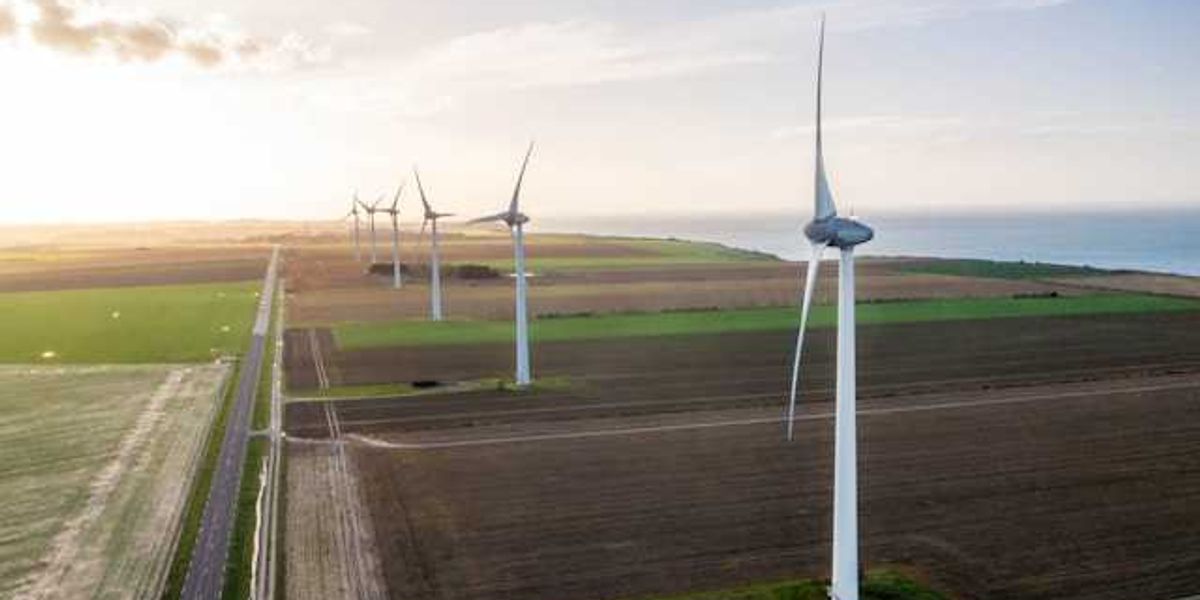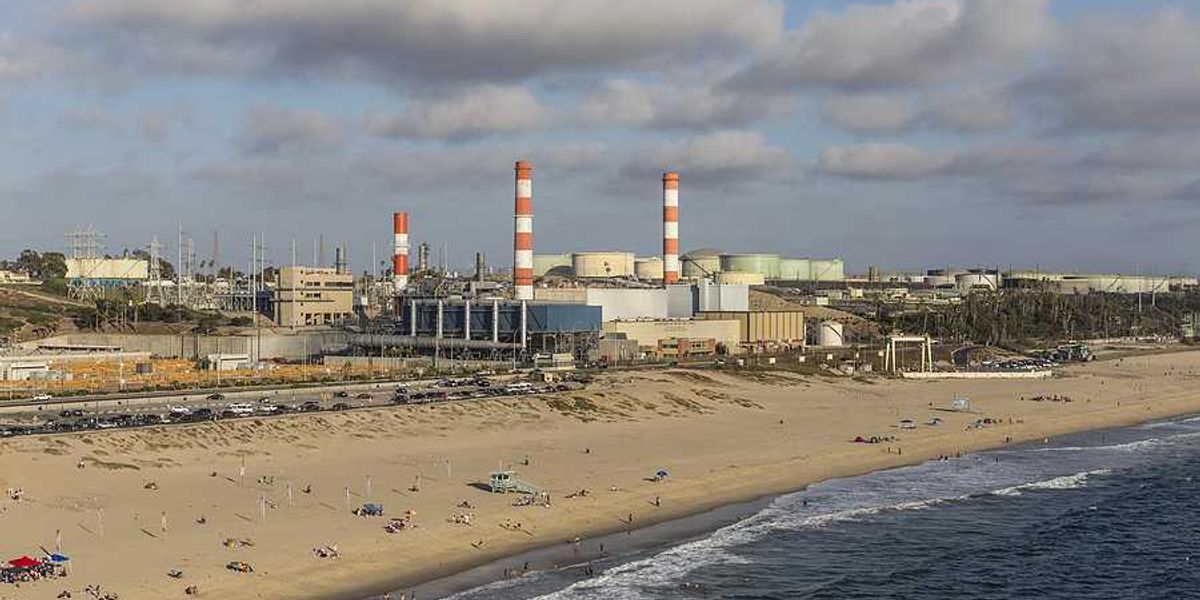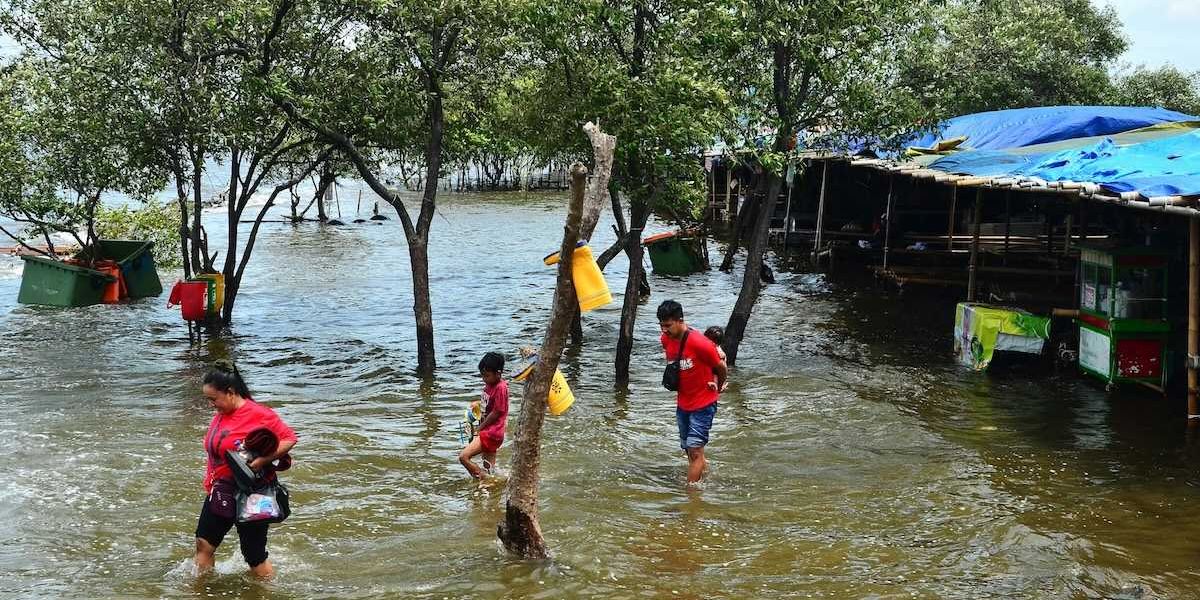Ocean salinity shifts are melting Antarctic sea ice faster, scientists find
Rising salt levels near Antarctica are altering ocean dynamics, drawing up warm water and accelerating sea ice loss, new satellite data reveal.
Sachi Kitajima Mulkey reports for The New York Times.
In short:
- A new study finds increasing ocean salinity near Antarctica is driving warmer water to the surface, which speeds sea ice melt and hinders winter ice formation.
- The research, published in Proceedings of the National Academy of Sciences, used advanced satellite algorithms and ocean buoy data to detect changes in water salinity over the past decade.
- Scientists warn the shift may mark a long-term transition in Antarctic ice behavior, with the feedback loop between melting, warming, and salt levels posing broad climate risks.
Key quote:
“We are entering a new system, a new world.”
— Alessandro Silvano, senior scientist at the University of Southampton
Why this matters:
Sea ice acts as the planet’s reflective shield, bouncing solar radiation back into space and helping to regulate Earth’s temperature. The loss of Antarctic sea ice not only exposes darker ocean water that absorbs more heat but also disrupts global ocean currents and weather systems. Rising salinity near Antarctica hints at a larger, destabilizing feedback loop: Warmer waters melt more ice, which then reinforces ocean mixing and heat absorption. This shift threatens to reshape sea level patterns and intensify extreme weather across the globe. As the climate warms, monitoring Antarctic changes becomes increasingly urgent, but recent U.S. cuts to satellite data programs could leave scientists with fewer tools to track these tipping points.
Read more: Melting ice and microplastics signal deepening disruption in Antarctica’s climate system













